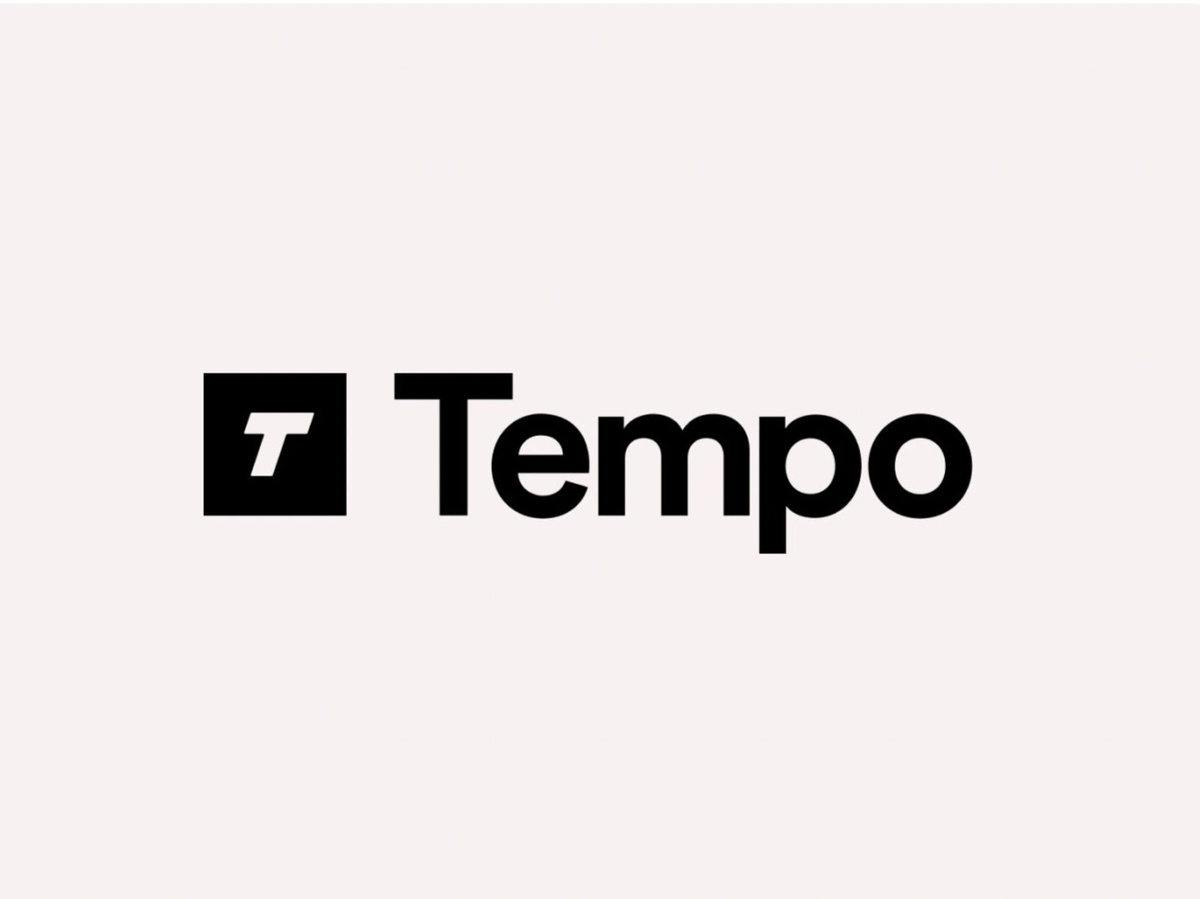Ethereum, the decentralized, open-source blockchain featuring smart contract functionality, has been grappling with scalability issues for years. The introduction of proto-danksharding, also known as EIP-4844, brings forth a novel concept called “blobs,” aiming to address these concerns and significantly enhance the scalability of the Ethereum network.
The Concept of Sharding
Sharding is a proposed solution to Ethereum’s scalability woes, involving the division of the Ethereum network into smaller, manageable units or shards, each acting as a separate blockchain. These shards are secured by a rotating set of validators, reducing the data storage burden on the blockchain. While sharding holds the potential to exponentially scale the network, it necessitates intricate upgrades, posing risks if implemented simultaneously.
Introduction of Proto-danksharding
Proto-danksharding is a precursor to actual sharding, implementing most of the requisite changes without partitioning the network. It introduces “blobs,” temporary and cost-effective memory units carrying transaction data, known as blob-carrying transactions. Blobs aim to streamline the verification process by allowing the network to confirm the accuracy of the blob data instead of verifying each transaction individually. This feature is particularly beneficial for Layer 2 networks like Optimism, which rely on Ethereum for security guarantees.
Blobs and Scalability
The introduction of blobs is poised to reduce the workload associated with storing data on Ethereum, leading to faster processing and reduced costs, as most Layer 2 network fees are attributed to data storage on Ethereum. EIP-4844 will establish two distinct fee marketplaces, one for Layer 1 execution and another for blobs, ensuring that network congestion on Ethereum does not impact blob fees. This separation allows for maintaining low fees even during high network congestion.
Implementation and Upcoming Upgrades
The implementation of blobs was anticipated to coincide with the Dencun upgrade, initially scheduled for this year. However, recent discussions among core developers suggest a potential delay until 2024. Post-implementation, Layer 2 networks will also need to undergo upgrades to accommodate blobs.
Impact and Significance
The introduction of blobs is a pivotal step towards resolving Ethereum’s longstanding scalability issues. It not only brings the network a step closer to full sharding but also promises immediate cost reductions on Layer 2 networks. While the most substantial impact will be experienced by Ethereum Layer 2 users, the necessary upgrades by Layer 2 networks to support blobs will be crucial for seamless integration and functionality.
The advent of Ethereum blobs marks a significant stride in the ongoing journey to address scalability challenges within the Ethereum network. By optimizing transaction verification and reducing the associated workload and costs, blobs are set to revolutionize data interaction and storage on the blockchain. While the implementation timeline may extend into 2024, the anticipation surrounding blobs underscores the crypto community’s eagerness for scalable and efficient blockchain solutions.












